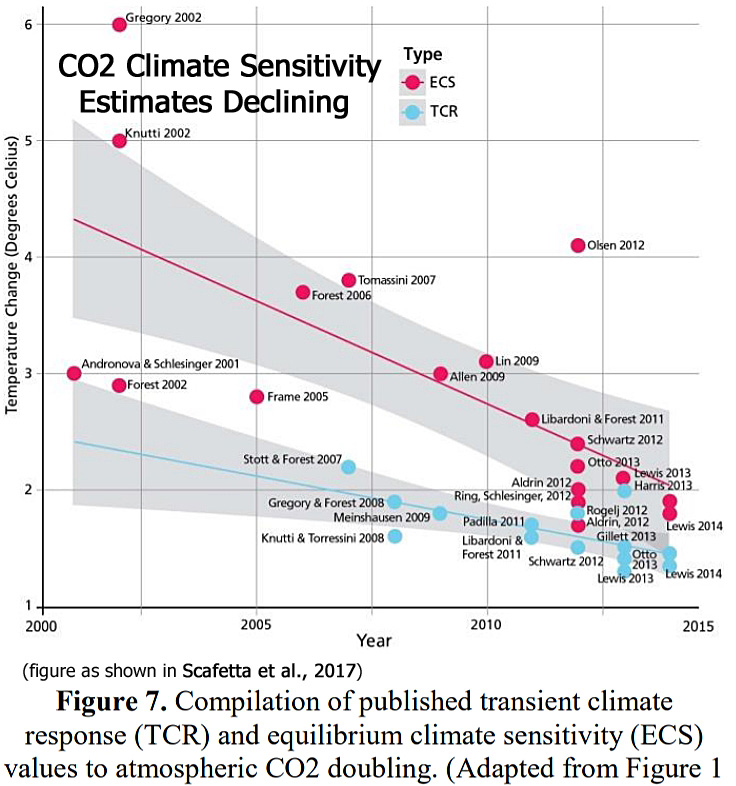- Joined
- Mar 31, 2013
- Messages
- 63,561
- Reaction score
- 28,932
- Gender
- Male
- Political Leaning
- Undisclosed
Well, in all honesty, his graph appears accurate. What you needed to say was "all new research." Not "almost all research."
Got a reference for that?
I’d ask Jack, but I know his answer will be some link from the Alex Jones radio show.




